14 Quick November Garden Fixes That Save You Time in Spring
November is the perfect time to prepare your garden for the upcoming seasons. With a little work now, you can save hours of effort when spring arrives. Simple fixes like these will make your garden more manageable once the warmer weather comes around. Taking care of these tasks in advance will give you peace of mind come spring.
This post may contain affiliate links, which helps keep this content free. Please read our disclosure for more info.
Apply Mulch to Protect Your Plants
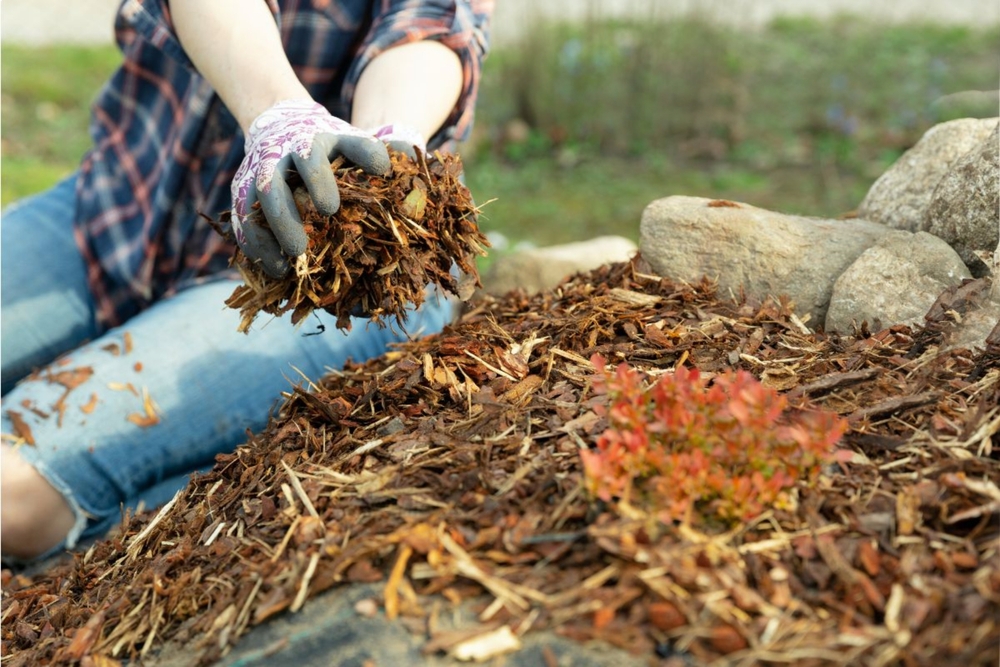
Mulching your garden in November is an easy task that can save you hours in the spring. Applying a layer of mulch helps retain moisture in the soil and insulates plant roots against freezing temperatures. This reduces the need for frequent watering and helps your plants grow stronger once the weather warms up. Additionally, mulch reduces the growth of weeds, meaning less time spent pulling them in the spring. You can save up to an hour per week on weed control just by adding a protective layer now.
In spring, you’ll notice a significant decrease in the amount of time spent watering and maintaining soil moisture. This simple fix also prevents soil erosion and reduces the need for replanting. Applying mulch now also gives plants a boost in the spring, allowing them to thrive without needing as much attention. Expect to save a good few hours over the spring and summer by simply mulching in November. It’s a quick fix that delivers long-lasting benefits.
Trim Back Dead Growth on Perennials

Trimming back dead or dying growth on perennials in November keeps your garden tidy and helps plants prepare for the colder months. Cutting back spent foliage reduces the chance of pests and diseases taking hold over winter. By doing this now, you prevent the hassle of dealing with overgrown, unattractive plants in the spring. This fix also helps prevent the need for excessive pruning when the growing season begins. You can save up to 30 minutes per plant during spring cleanup by cutting back growth now.
In addition to improving your garden’s appearance, trimming back dead growth allows new shoots to emerge more easily come spring. With less overgrowth, you won’t need to spend extra time untangling vines or cutting back tangled stems. This quick fix also prevents the growth of mold or mildew, which can slow down spring plant growth. By taking a little time in November, you’ll save hours when you start your garden in the spring. A neat garden now makes for an effortless start in the warmer months.
Protect Vulnerable Plants from Frost
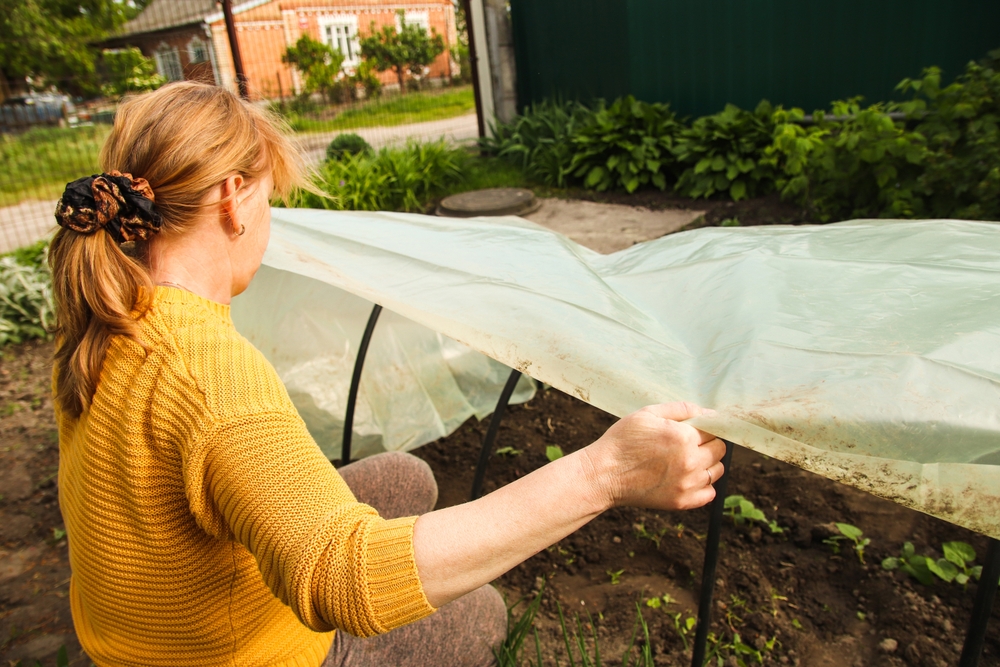
Covering delicate plants or adding extra protection in November is a small task that saves a lot of time and trouble in spring. By providing frost protection, you prevent winter damage that would require replanting or extra care once the temperatures rise. Covering plants with burlap or using row covers keeps them safe from frost, ensuring they bloom healthily when the time comes. You won’t have to spend as much time nursing frost-bitten plants back to life in the spring, saving valuable gardening hours. Taking this step now can save up to 2 hours of spring recovery time per plant.
When spring arrives, your plants will be strong and ready to thrive, needing minimal attention. The protection from frost ensures they won’t be damaged by unexpected cold snaps, meaning you won’t need to replace them or spend time repairing the damage. The small effort you put in now saves you hours of frustration later on. This simple fix can protect your garden’s health and beauty without much work. The time saved during the growing season is well worth the effort.
Clean and Sharpen Garden Tools Before Winter
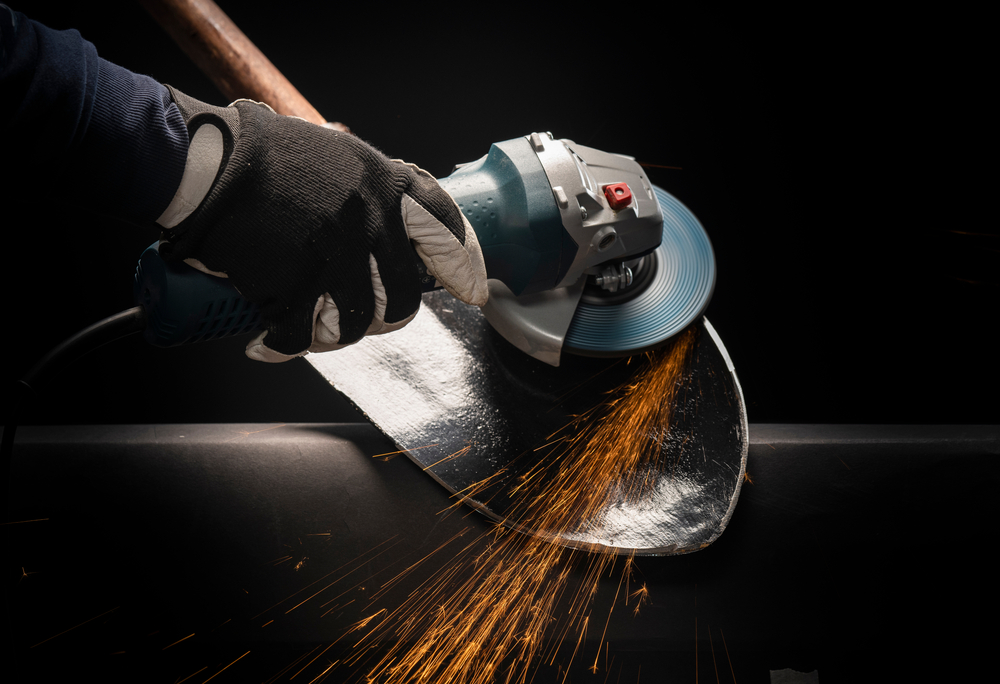
Taking the time to clean and sharpen your garden tools in November will pay off when you start planting in the spring. Clean tools help prevent the spread of diseases and pests in your garden. Sharpening your tools ensures that you can tackle your spring garden tasks more efficiently. By giving your tools proper care now, you won’t have to waste time searching for replacements or dealing with rust when the season starts. You can save hours of frustration during spring planting and maintenance with just 20 minutes of preparation.
By sharpening your shears, spades, and pruners, you will avoid the delays of dull blades in the spring. A sharp tool makes clean cuts, which helps plants heal faster and reduces the risk of damage. You’ll also notice that tasks like trimming and digging take less time, allowing you to move on to other projects. This simple fix can save you anywhere from 30 minutes to an hour in the spring. Doing this now keeps your garden prep smooth and stress-free when the time comes.
Store Garden Pots and Containers for Winter
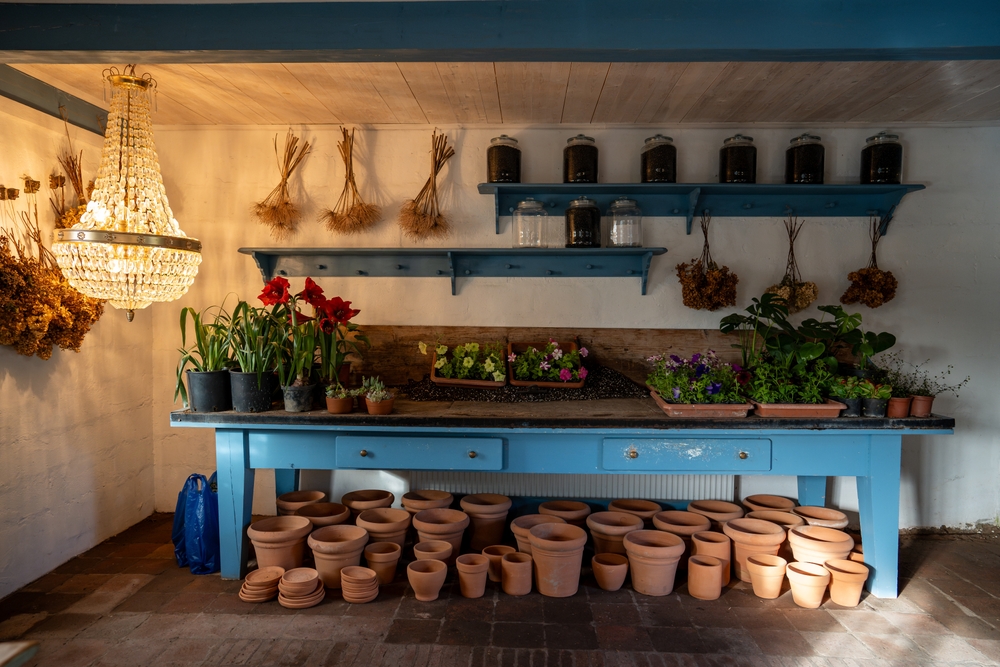
Cleaning and storing garden pots in November is a small task that saves a lot of time when planting begins again in spring. By storing them away from the harsh elements, you ensure they are ready to go when you need them. Cleaning the pots now means you won’t have to scrub away dirt, moss, and algae when the weather warms up. This task can save you up to an hour during your spring planting preparations. Simply storing your containers properly means one less chore to worry about when you’re eager to start planting.
In the spring, you’ll be able to pull your pots out of storage and get straight to planting, saving you time cleaning and organizing. It also prevents the need for replacing cracked or damaged pots, which can be costly and time-consuming. Having your pots ready to go means you can jump right into your planting without delays. This quick fix allows you to get a head start on the season without spending time tracking down the right containers. By acting now, you’ll save hours of cleanup later on.
Check and Repair Garden Fencing
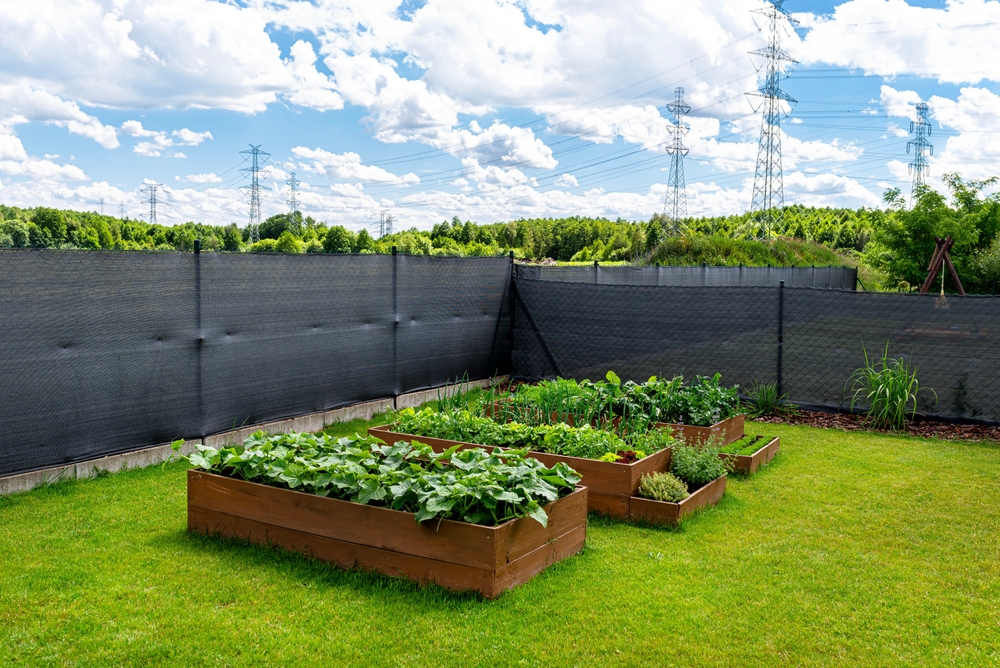
Checking and repairing your garden fence in November helps keep pests out and gives you peace of mind when spring planting begins. By addressing small repairs now, you prevent larger issues later on that could disrupt your garden’s growth. A sturdy fence will protect your plants from animals that may try to nibble on your seedlings. Taking care of these repairs in advance ensures you won’t spend time fixing fences during the busy planting season. A quick fix now can save you time and hassle when you are focused on planting.
In the spring, you won’t have to worry about fixing holes or weak spots in your fence while trying to protect your crops. By maintaining your garden’s perimeter, you ensure that your plants remain safe and secure. This small maintenance task can save you from hours of frustration later in the season. It also provides long-term protection, meaning less time spent replanting or dealing with garden invaders. Fixing your fence now allows you to start spring with a stronger, more secure garden.
Gather and Store Seeds for Next Year
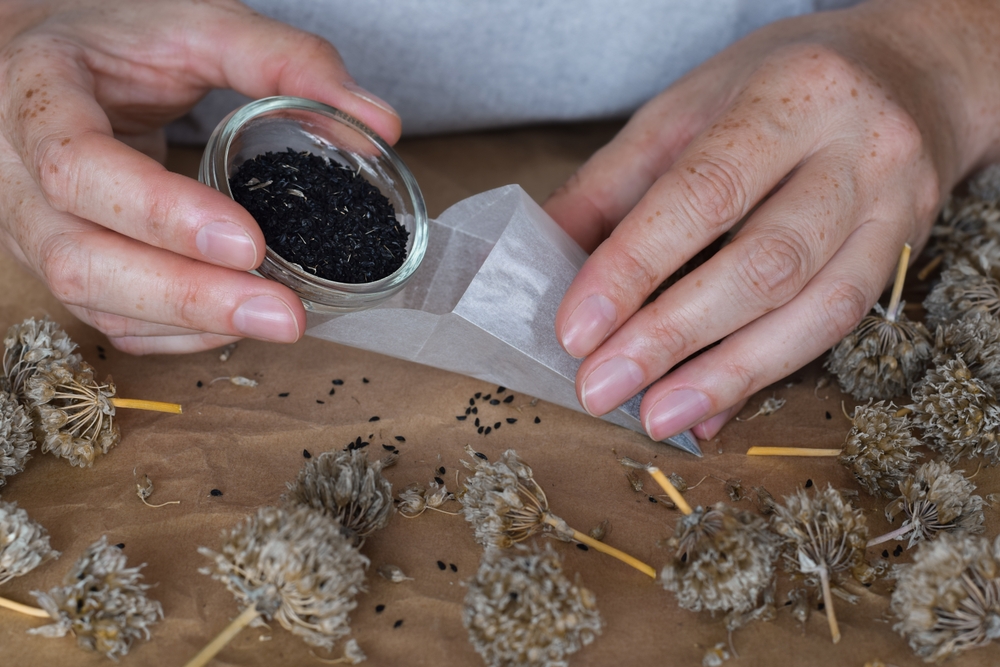
November is the perfect time to gather and store seeds for the following growing season. By saving seeds from your plants now, you can avoid the hassle of buying new ones in the spring. Properly storing seeds ensures they remain viable and ready to be planted when the weather warms up. You can save both time and money by having your seeds ready to go once planting season begins. This small effort can save you a few hours of shopping for seeds and sorting through options when spring comes.
In addition to saving time, collecting seeds gives you the advantage of growing plants you already know and love. You can ensure the quality and type of plants you want in your garden, which saves you from experimenting with new varieties. By storing seeds in a cool, dry place, you ensure that they will be ready to germinate in the spring. This simple fix means you can focus on planting instead of scrambling to find the right seeds. Preparing your seed collection now is a simple, time-saving step that makes the start of spring much smoother.
Winterize Your Irrigation System

Taking the time to winterize your irrigation system in November can save you from dealing with broken pipes or clogged systems come spring. Flushing out the system and draining any water prevents freezing, which can cause damage during the colder months. By checking for leaks and making small repairs now, you avoid delays in spring when you’re eager to get watering. This task can save you anywhere from 30 minutes to an hour of setup time when you’re ready to start watering in the spring.
Having your irrigation system ready to go when spring hits will save you time that could otherwise be spent fixing leaks or adjusting valves. Winterizing the system now ensures you won’t waste precious spring gardening hours trying to fix broken equipment. This simple fix means you can start watering without delays or frustrations. It’s a quick task that offers long-term benefits, allowing you to focus on your garden instead of irrigation problems. By taking care of this now, you save valuable time during the busy gardening season.
Plant Cover Crops for Soil Health

Planting cover crops in November protects your garden soil through the winter months. These crops, such as clover or rye, help prevent erosion and improve soil quality by adding nutrients. By planting them now, you won’t have to worry about soil depletion when spring arrives. This proactive step saves you time that would otherwise be spent improving soil conditions next season. It also reduces the amount of weeding and fertilizing needed once the growing season starts.
In the spring, you’ll notice that the soil is healthier and ready for planting. Cover crops help maintain moisture levels, reducing the need for frequent watering. When the cover crops are tilled into the soil, they add organic matter that promotes healthy plant growth. This simple November fix reduces the amount of work you need to do in the spring to prepare your garden. It’s an investment in your garden’s health and saves you time later on.
Remove Fallen Leaves from Garden Beds

Fallen leaves in garden beds can quickly become a nuisance and harbor pests or diseases if left unchecked. Taking a few minutes to rake up leaves and debris helps prevent mold or rot in your garden beds. This quick fix keeps your soil healthy and reduces the likelihood of plant diseases in spring. By cleaning your garden beds now, you won’t have to spend extra time removing moldy leaves or treating diseases when you’re ready to plant. A quick cleanup saves you up to 1 hour per bed when spring rolls around.
Removing leaves also helps prevent pest habitats, such as rodents or insects, from settling in over the winter. Without this cleanup, pests could damage your plants once the weather warms up. In the spring, you’ll find that your garden beds are cleaner and healthier, requiring less maintenance. By doing this simple task in November, you avoid more time-consuming garden chores in the spring. It’s a small effort that saves you hours later in the season.
Store Garden Fertilizer Properly for Next Season
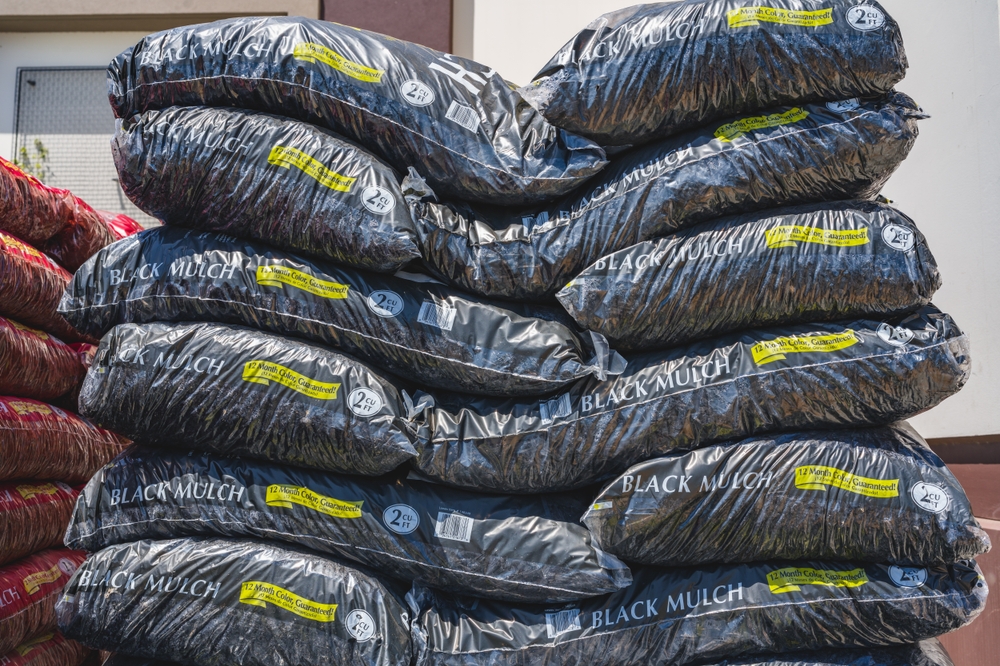
Storing your garden fertilizer properly in November prevents it from becoming ineffective or damaged during the winter. By keeping fertilizers in a dry, cool place, you ensure they will be ready for use when you need them. When spring arrives, having fertilizer readily available saves you time searching for the right products. This small fix saves you up to an hour by eliminating the need for springtime trips to the store. Proper storage also prevents waste, so you don’t have to repurchase fertilizers every year.
Having your fertilizer stored properly means you can immediately use it to get your plants growing as soon as the weather warms. Fertilizers that are improperly stored can degrade and lose their potency, making them less effective in the spring. By simply taking the time to store it well, you avoid frustration and extra costs later on. This simple step ensures that when you’re ready to plant, your fertilizers are ready too. You can enjoy a hassle-free start to the growing season, saving both time and money.
Prune Fruit Trees for Healthy Growth
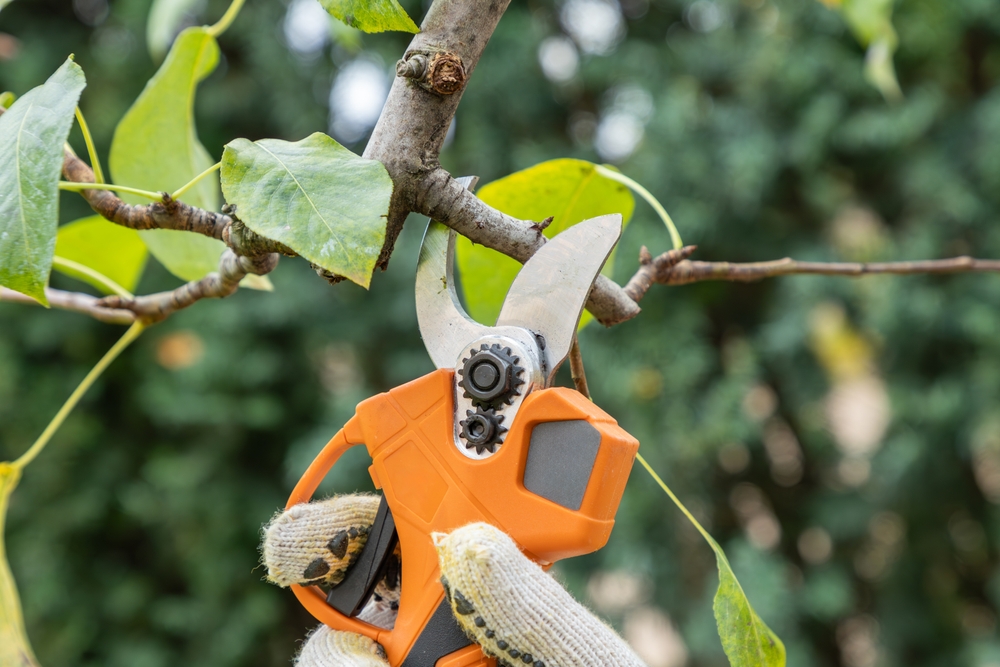
Pruning fruit trees in November helps remove dead or diseased branches and encourages healthy growth in the spring. By shaping your trees now, you reduce the risk of pests and diseases taking hold during the winter months. This proactive step prevents overgrowth and ensures that your trees are ready to bloom when the warmer months arrive. In spring, you’ll save up to 2 hours of work by avoiding extensive pruning and trimming. Pruning now keeps your trees healthy and your gardening tasks in spring much simpler.
Proper pruning also promotes better airflow and sunlight penetration, which is crucial for fruit production. This small effort now can lead to a bountiful harvest in the coming months. By taking care of your trees this fall, you reduce the need for complex spring pruning. A well-pruned tree grows stronger and requires less maintenance as the season progresses. This November fix saves you valuable time and effort during the busy gardening season.
Plant Garlic for a Spring Harvest
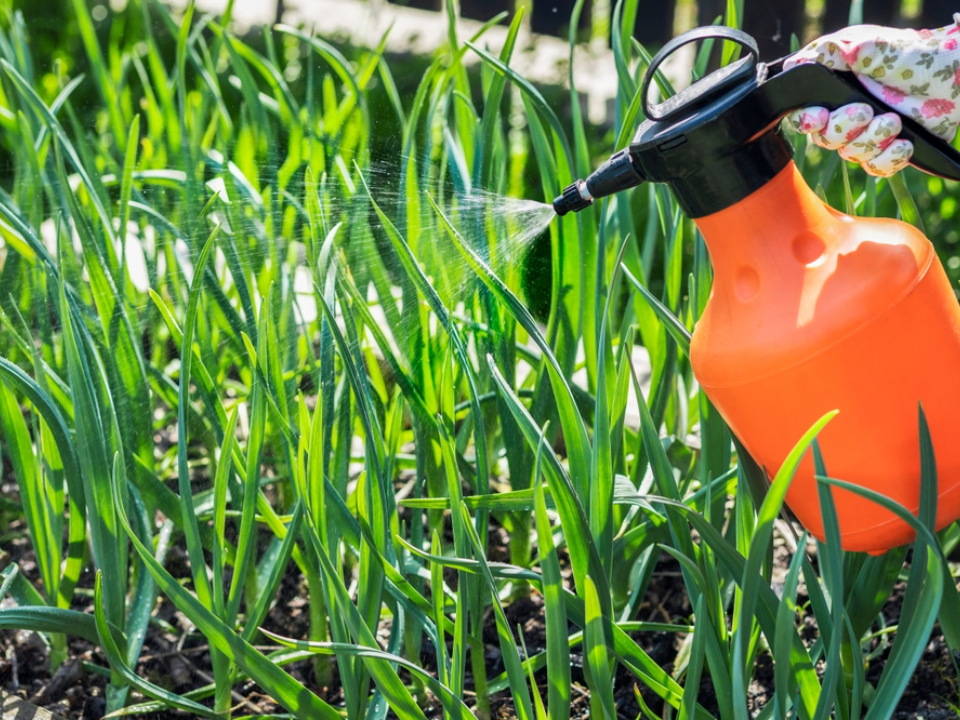
Planting garlic in November is an easy and effective way to set yourself up for a successful spring harvest. Garlic grows best when planted in the fall, giving it the winter to develop strong roots before it begins to sprout in spring. By planting garlic now, you’ll have a full crop ready to harvest in the summer without having to spend time planting in the busy spring months. This quick fix saves you time by spreading out your planting tasks. You can save up to an hour by completing this task in November rather than waiting until spring.
In addition to saving time, growing your own garlic ensures that you’ll have a fresh, homegrown supply ready for cooking. Garlic is a hardy plant that requires little attention after planting, making it easy to maintain. By planting it in November, you can focus on other spring gardening tasks while your garlic grows steadily. The effort you put in now will result in minimal work during the spring planting rush. This simple fix makes sure you’re set for a productive and low-maintenance spring garden.
Prepare Raised Garden Beds for Winter

Preparing your raised garden beds for the winter months saves you time and effort when spring arrives. Start by removing any spent plants, weeds, and debris to ensure the soil is clean and ready for the new season. Adding a layer of compost or organic matter in November enriches the soil, so it’s ready for planting when spring comes. This process helps improve soil health, reducing the need for heavy fertilization next season. By preparing your beds now, you save up to 2 hours of work in the spring, making your gardening tasks easier.
In the spring, your garden beds will be healthier and more productive, allowing plants to grow faster and stronger. By getting the beds ready in November, you won’t have to deal with last-minute soil preparation when you’re eager to start planting. The organic matter will break down over the winter, improving the soil structure and promoting better root development for your plants. This fix makes spring planting much easier, saving you both time and effort. Getting a head start on bed preparation now helps ensure a smooth gardening experience in the months to come.
This article originally appeared on Avocadu.
